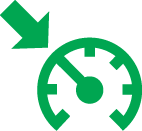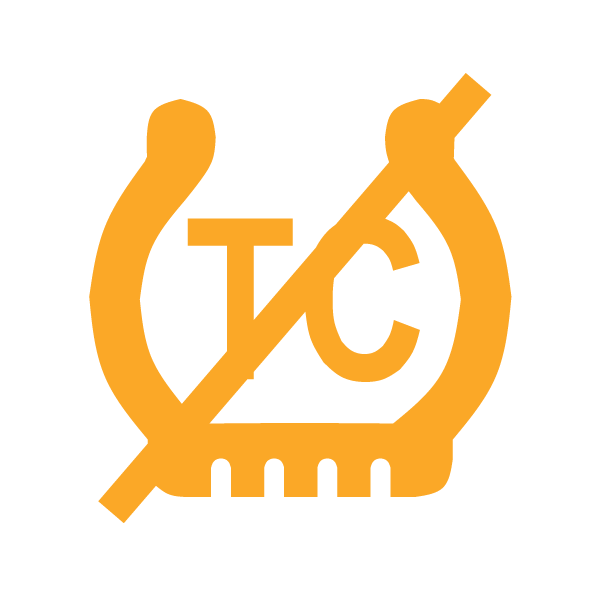
|
Engine Overheat |
The engine overheat symbol will illuminate
when the engine temperature exceeds normal operating temperature. |

|
Battery Warning |
The Battery Voltage lamp illuminates if high
or low battery voltage is detected, or if there is a charging system
fault. Turn non-essential accessories off to conserve power. Make
sure the charging system is operating properly. |

|
Low Oil Pressure |
The Low Oil Pressure lamp illuminates when
oil pressure drops below a safe operating pressure while the engine
is running. If this lamp illuminates while the engine is running above
idle speed, turn the engine off as soon as safely possible and check
the oil level. If the oil level is correct and the lamp remains
on after the engine is restarted, turn the engine off immediately.
See your dealer.
|

|
Sidestand |
The side-stand symbol illuminates if the side-stand
is in the extended position. |


|
Cruise Control Status |
Amber Lamp: Cruise control is enabled, but not set.
When flashing, a cruise control related fault exists. Green Lamp: Cruise control is set to the desired speed. Read the safety and
operation procedures before using cruise control. See Using Cruise Control. |

|
Traction Control Fault |
The traction control fault indicator remains
on until the traction control system activates, which occurs when
vehicle speed exceeds 6 mph (10 km/h). The traction control fault
indicator also illuminates when the traction control system has experienced
abnormal operation and will remain on as long as the fault condition
exists. |

|
Traction Control Off |
The traction control off symbol illuminates
when the traction control system is off. See Traction Control. |

|
Rear Cylinder Deactivation |
Designed as an aid to reduce engine and exhaust
heat to the rider, Rear Cylinder Deactivation shuts down the rear
cylinder when the engine is at operating temperature and at idle speed.
See Rear Cylinder Deactivation. |






